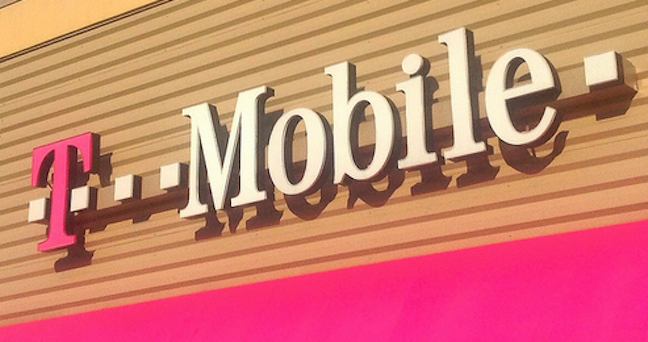Test Claims To Show T-Mobile’s YouTube “Optimization” Is Just Connection Throttling
Well, that’s what the EFF set out to test.
The tech rights advocacy group decided to find out exactly what T-Mobile’s system does to a video, and whether it’s fair to call it throttling or not. They took a scientific approach, using a T-Mobile phone with Binge On enabled, in the same place, on the same network, and at the same time of day. They tested video streaming against three other kinds of downloads and measured the connection speeds for each.
What the EFF found is that T-Mobile’s “mobile optimization” of video does indeed apply universally, and not to consumers’ benefit:
The first result of our test confirms that when Binge On is enabled, T-Mobile throttles all HTML5 video streams to around 1.5Mps, even when the phone is capable of downloading at higher speeds, and regardless of whether or not the video provider enrolled in Binge On.
Netflix is a Binge On partner, so someone who uses the Netflix app on their phone with Binge On enabled could expect to see the lower-data stream. However, YouTube is not a Binge On partner — and yet video viewed through the website, not even the app, was also being affected.
The drop in quality, meanwhile, is neither small nor unlikely to be noticed. For comparison, that 1.5 Mbps stream speed is about a tenth of what most modern smartphones are usually going to reach on most networks — average download speeds of 10-15 Mbps or higher are common nationwide.
But it gets worse. The EFF continues:
This is the case whether the video is being streamed or being downloaded — which means that T-Mobile is artificially reducing the download speeds of customers with Binge On enabled, even if they’re downloading the video to watch later. It also means that videos are being throttled even if they’re being watched or downloaded to another device via a tethered connection.
That means it’s not just the Binge On partners, or streaming video, that are subject to the file “optimization” T-Mobile claims to offer. It applies to any video content you stream or download, from any site or service, as long as you have Binge On enabled.
As the EFF concludes, that ends up having the exact opposite effect from the “optimization” that T-Mo promises. If the video in question is in high definition and the server sending it doesn’t have a way to adapt to the throttled T-Mobile device receiving it, the result is stuttering, uneven streaming — about as far from “optimized” as you can get.
The EFF asked T-Mobile to verify their findings, and the company confirmed that “they don’t do any actual optimizations of video streams other than reducing the bandwidth allocated to them.”
In the end, the EFF concludes, there’s basically no term for it other than “throttling.” It’s not “optimization,” because nothing actually gets better. It’s not “downgrading,” because there’s no change in the absence of other network traffic. It’s just a straight-up cap.
But how does that fly with regards to net neutrality?
The FCC’s Open Internet Rule, which went into effect in June, 2015, specifically states as one of its three bright-line rules that ISPs, “shall not impair or degrade lawful Internet traffic on the basis of Internet content, application, or service.” As far as the EFF is concerned, T-Mobile’s choice to degrade all video content is in flagrant violation of that rule.
The FCC, however, gets to be the final arbiter of that. The commission is already slated to meet with T-Mobile sometime this month about their Binge One plan; it seems likely that this newest wrinkle is likely to come up. From there, the FCC’s next action is anyone’s guess.
EFF Confirms: T-Mobile’s Binge On Optimization is Just Throttling, Applies Indiscriminately to All Video [Electronic Frontier Foundation]
Want more consumer news? Visit our parent organization, Consumer Reports, for the latest on scams, recalls, and other consumer issues.


